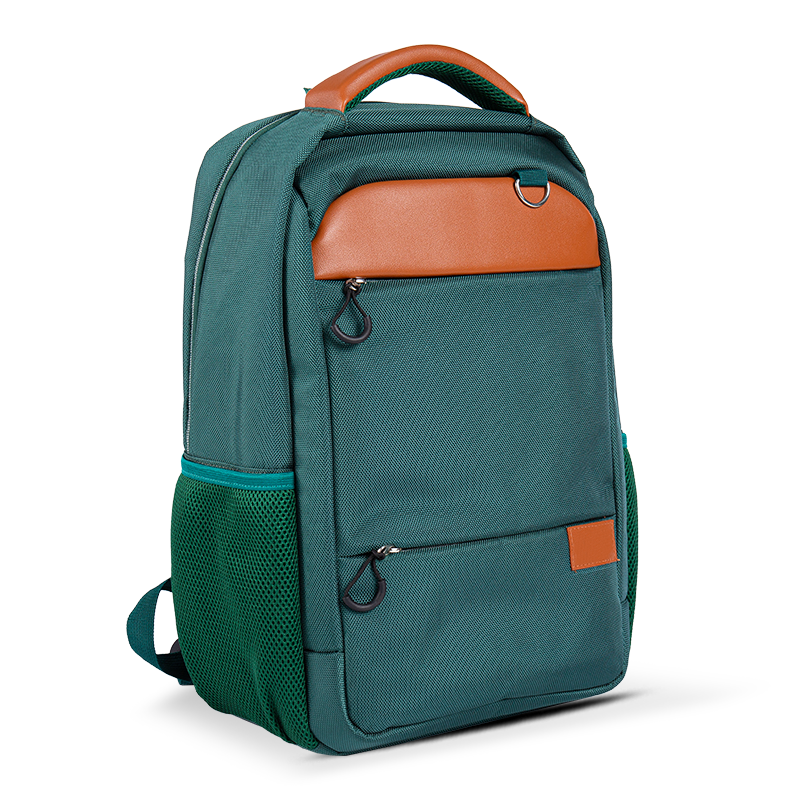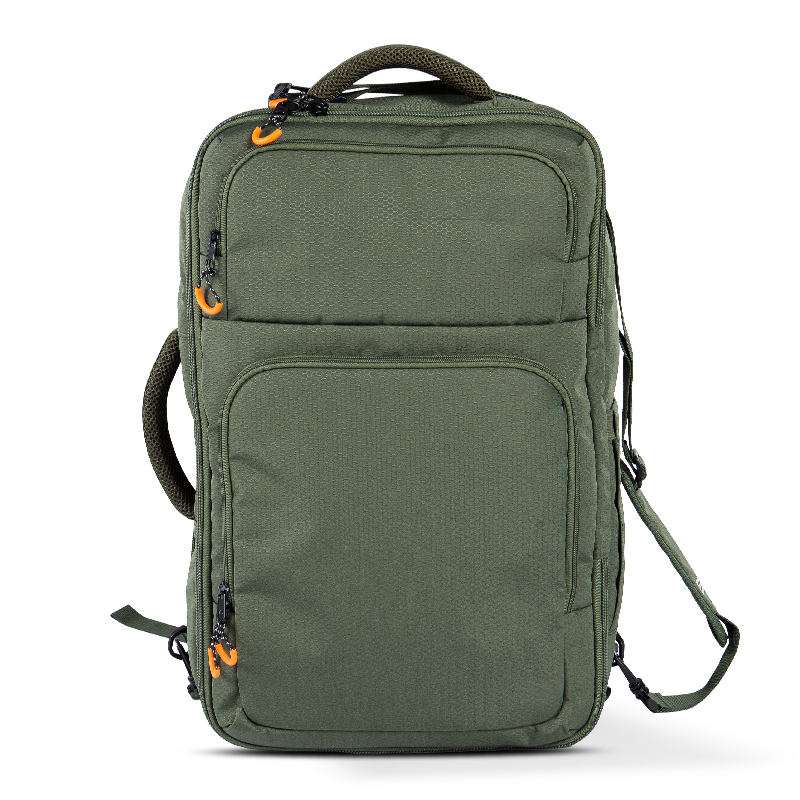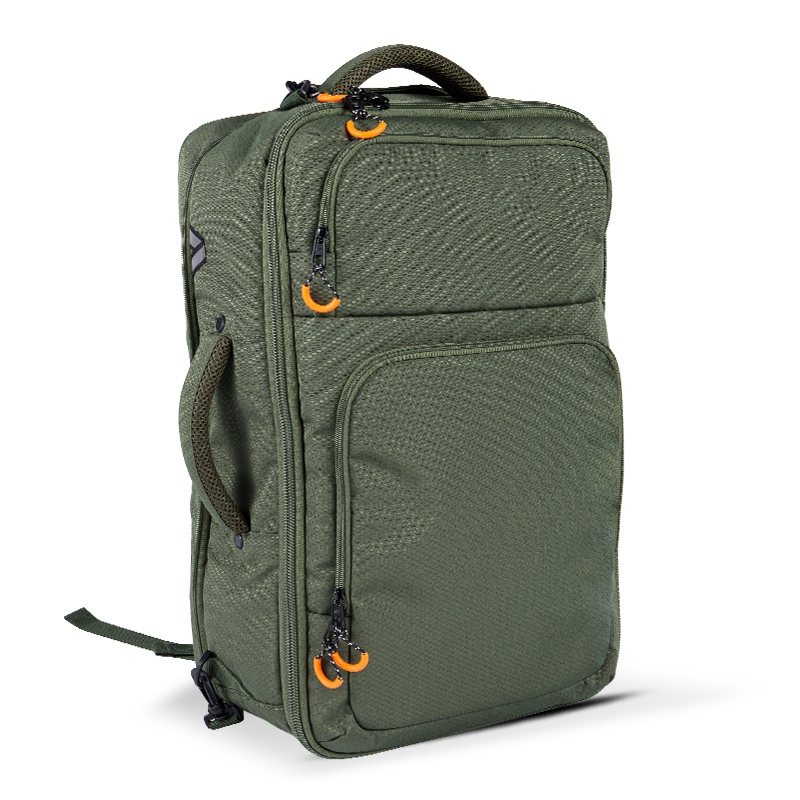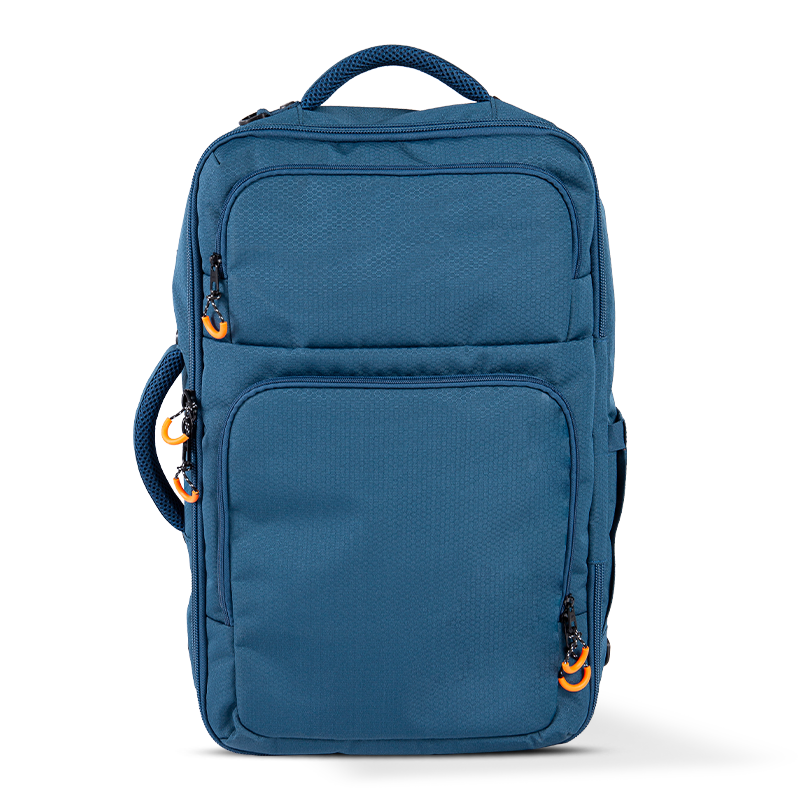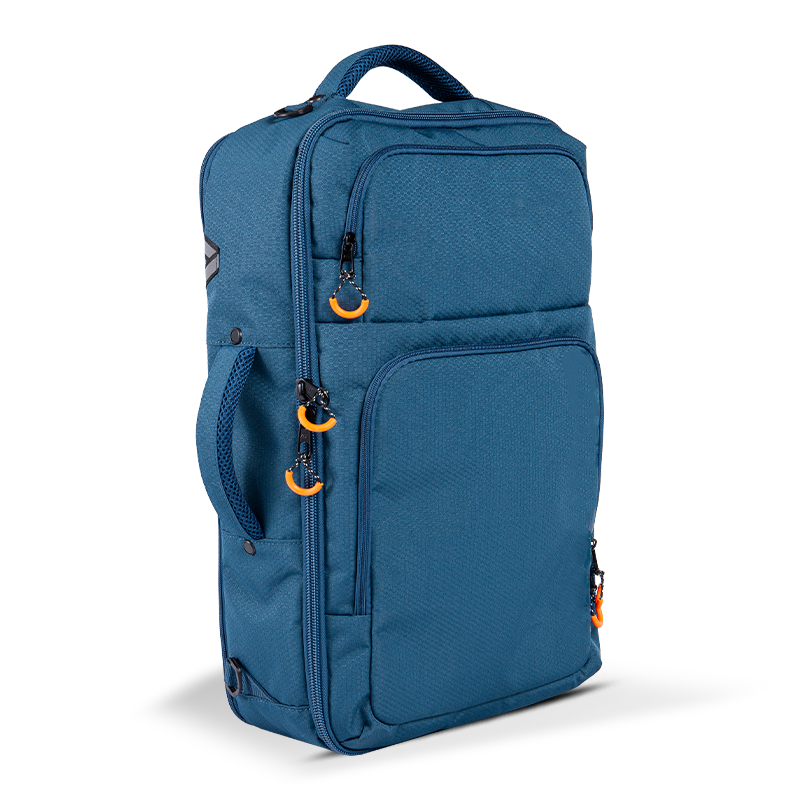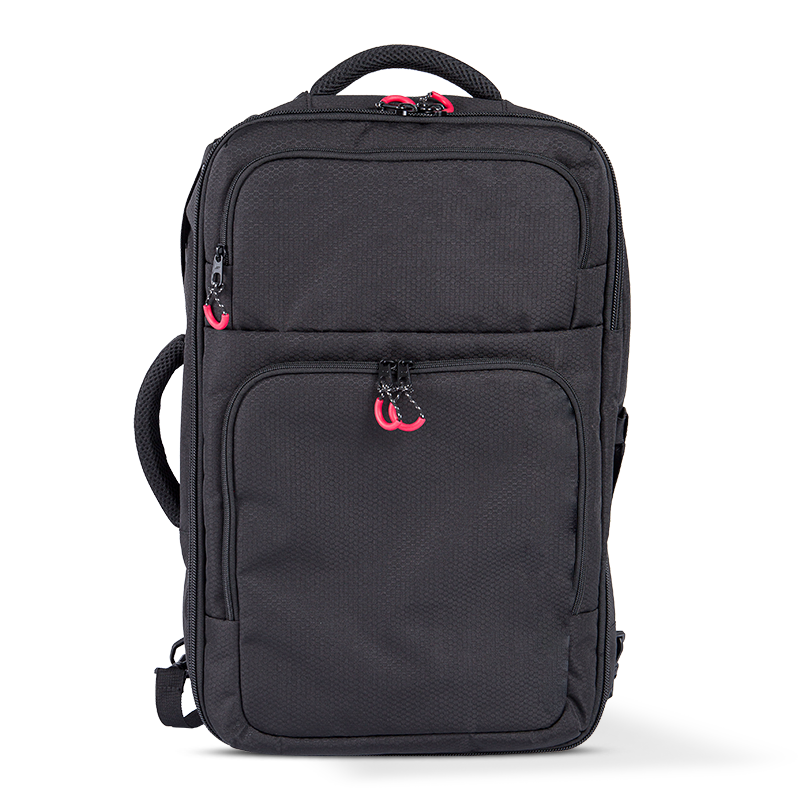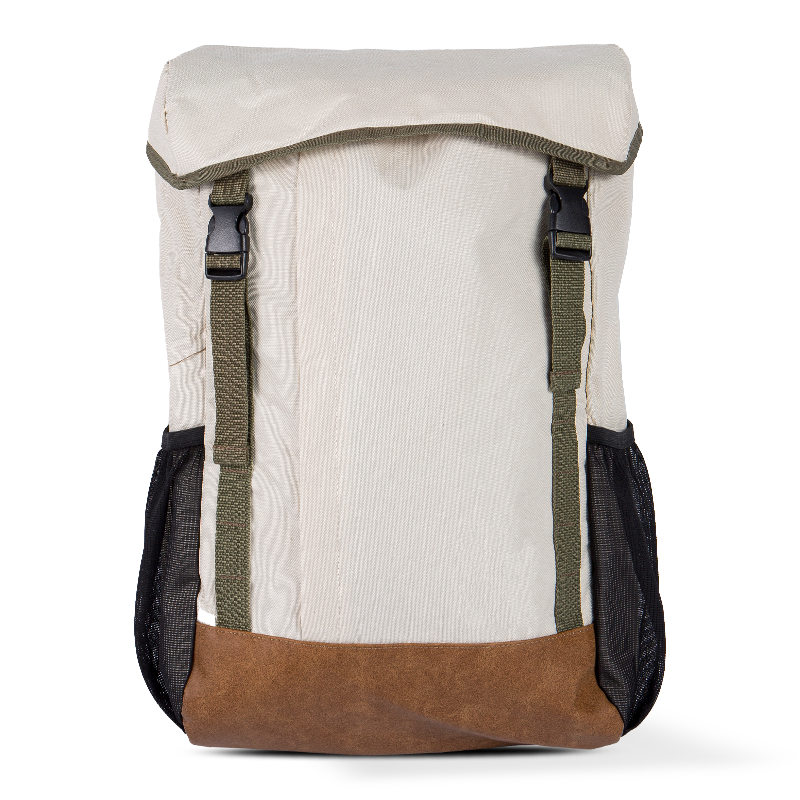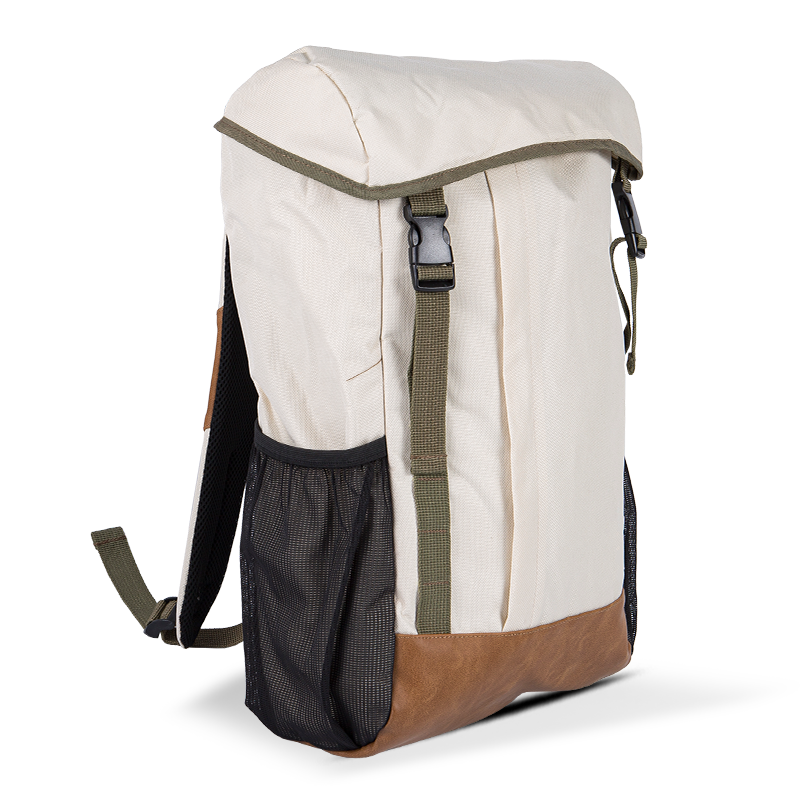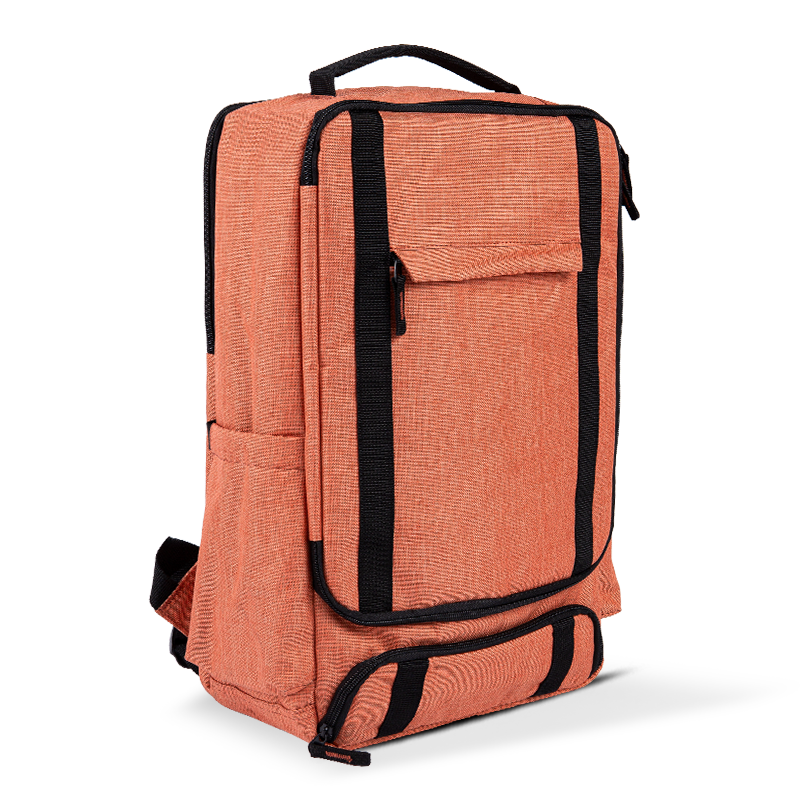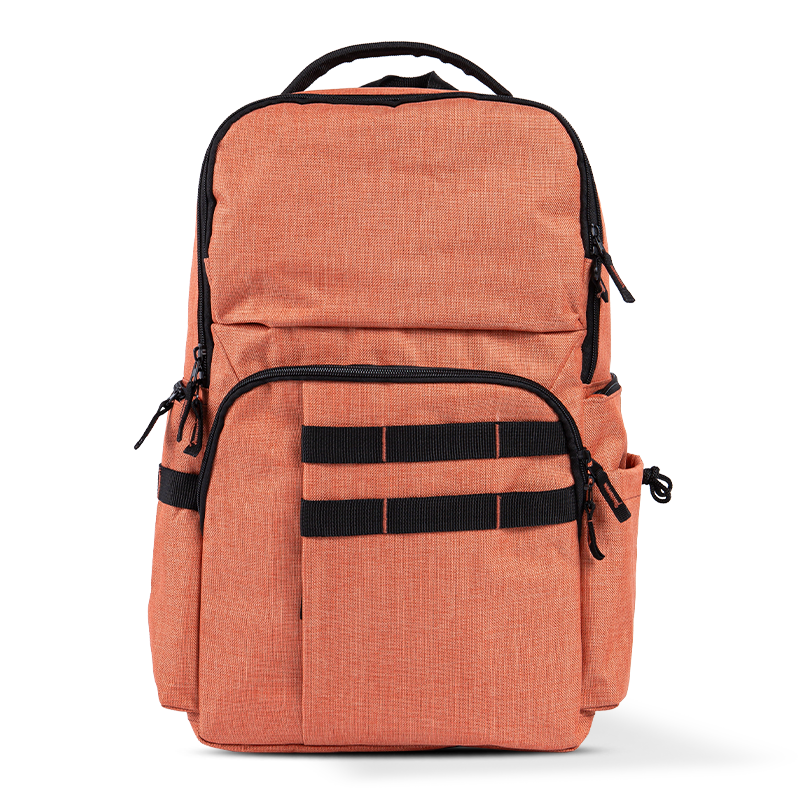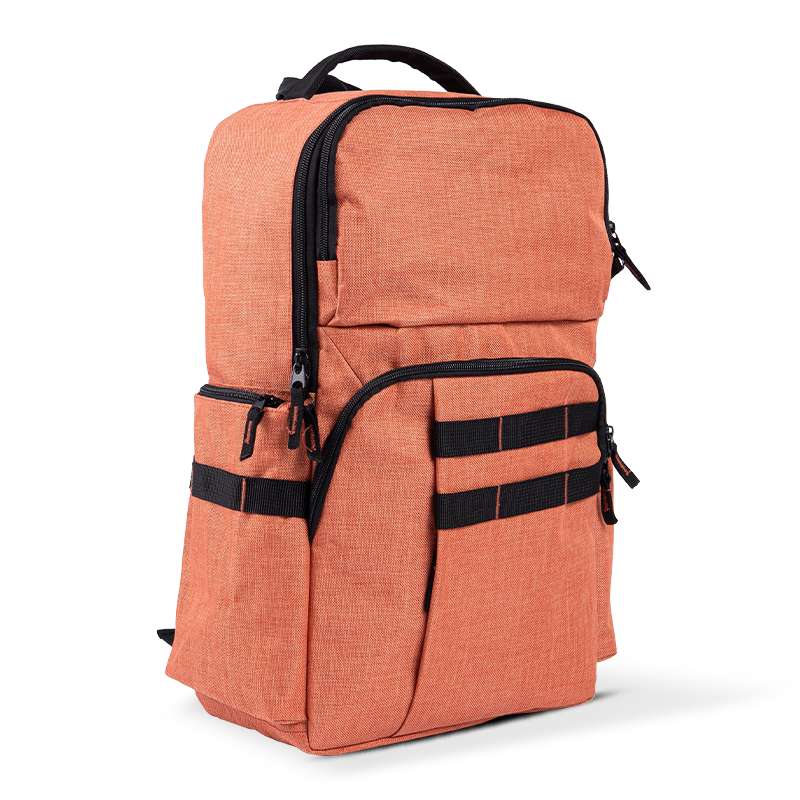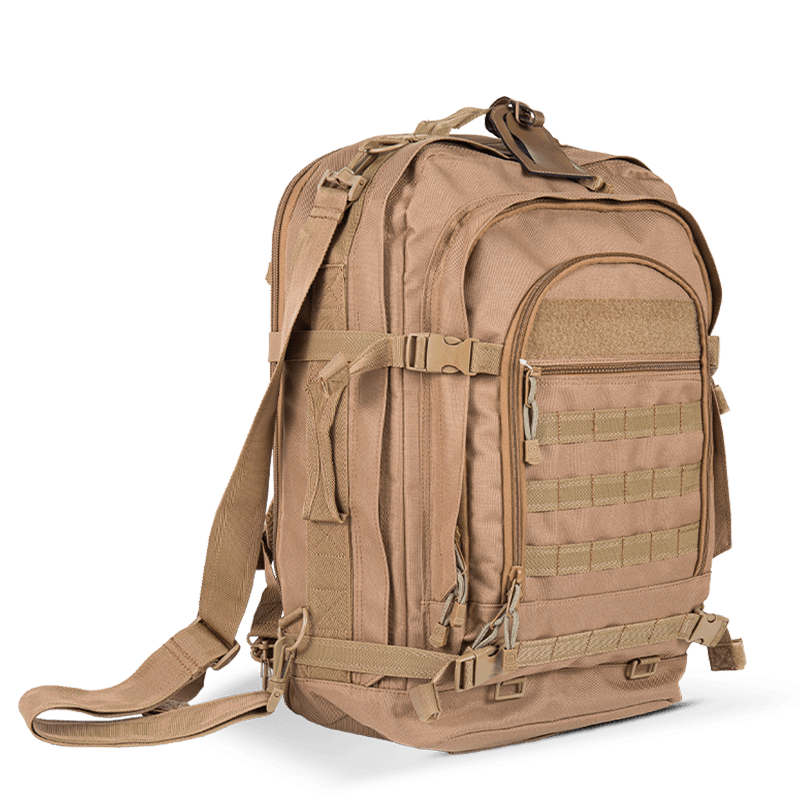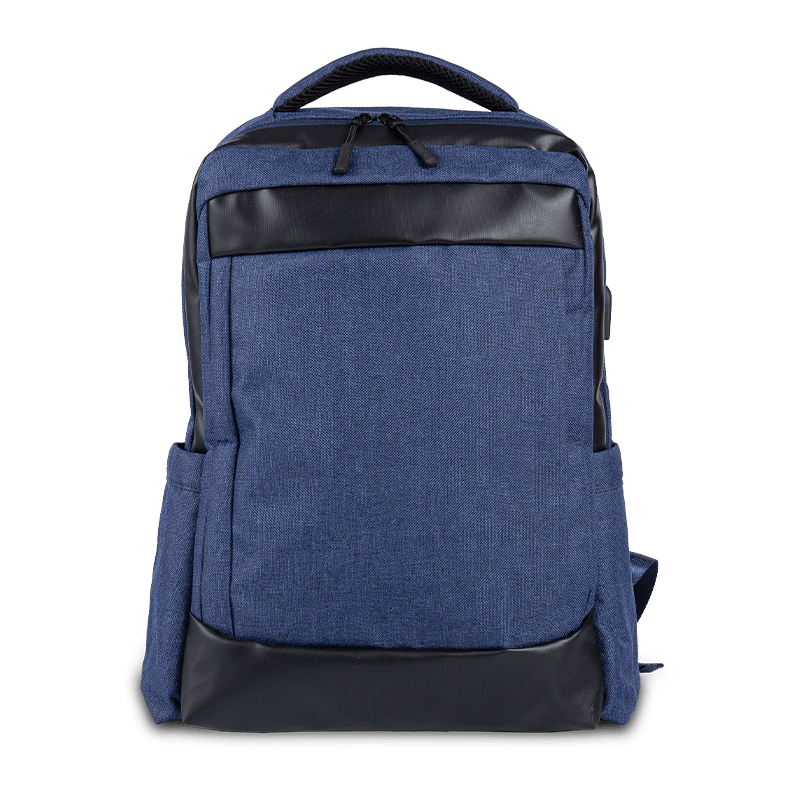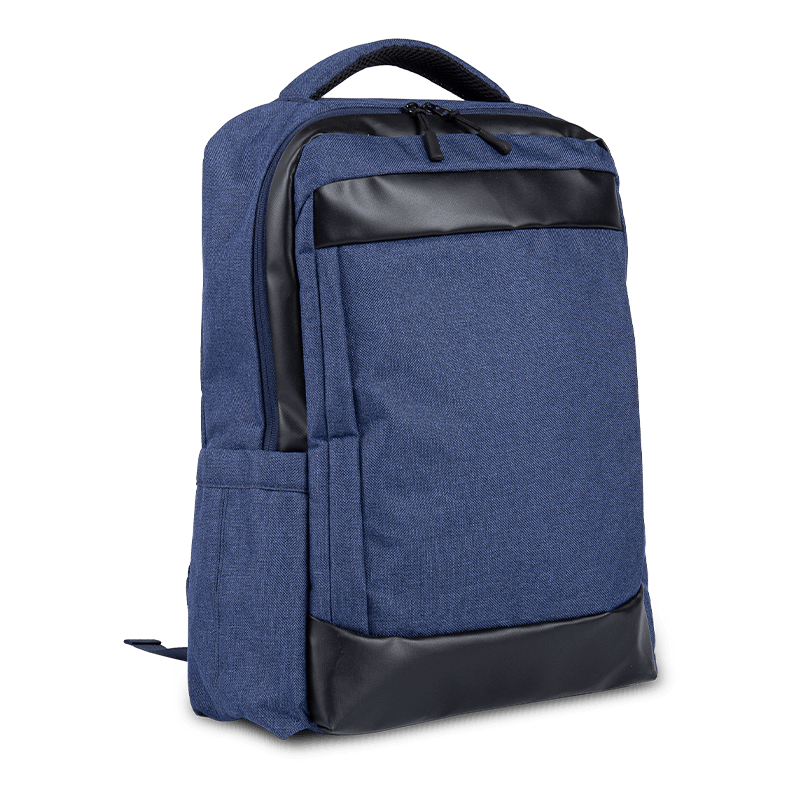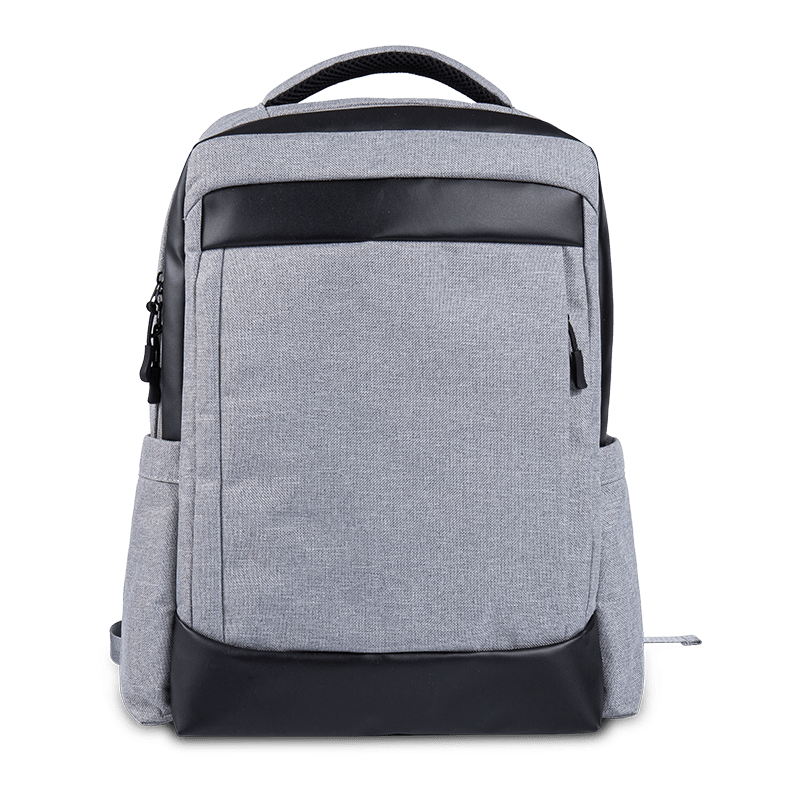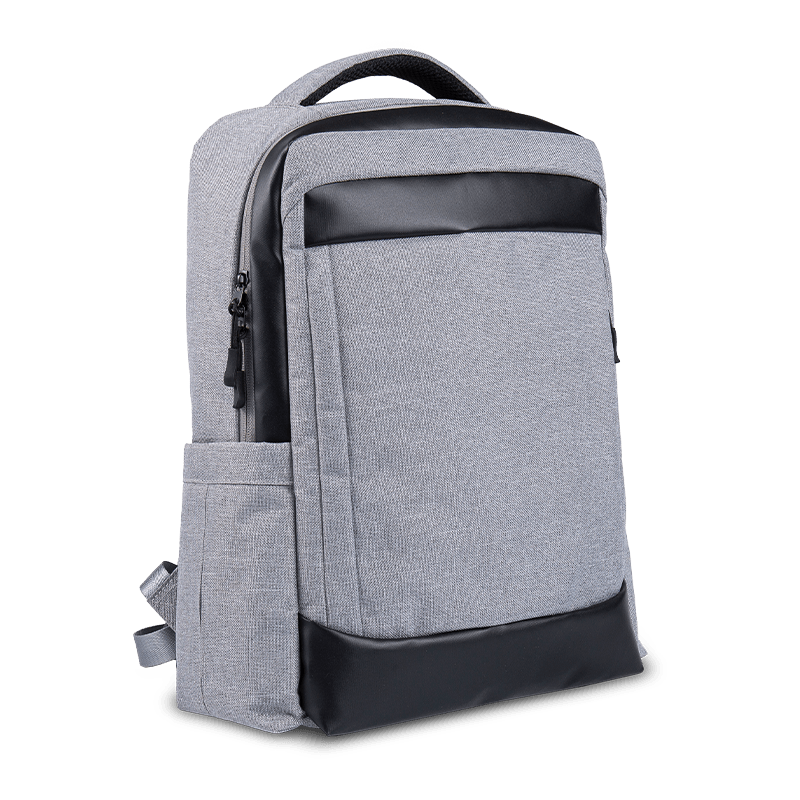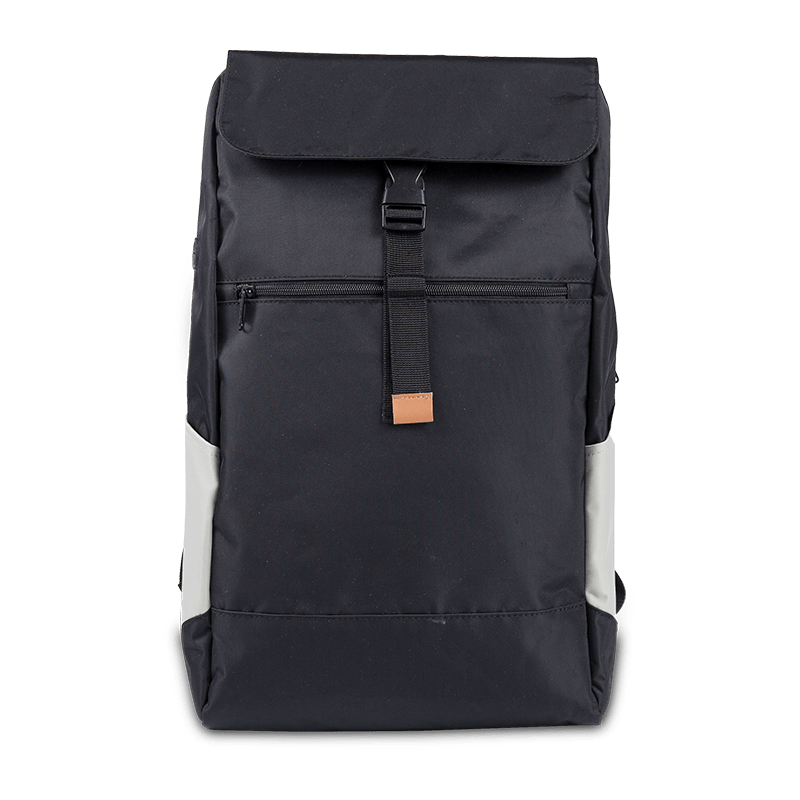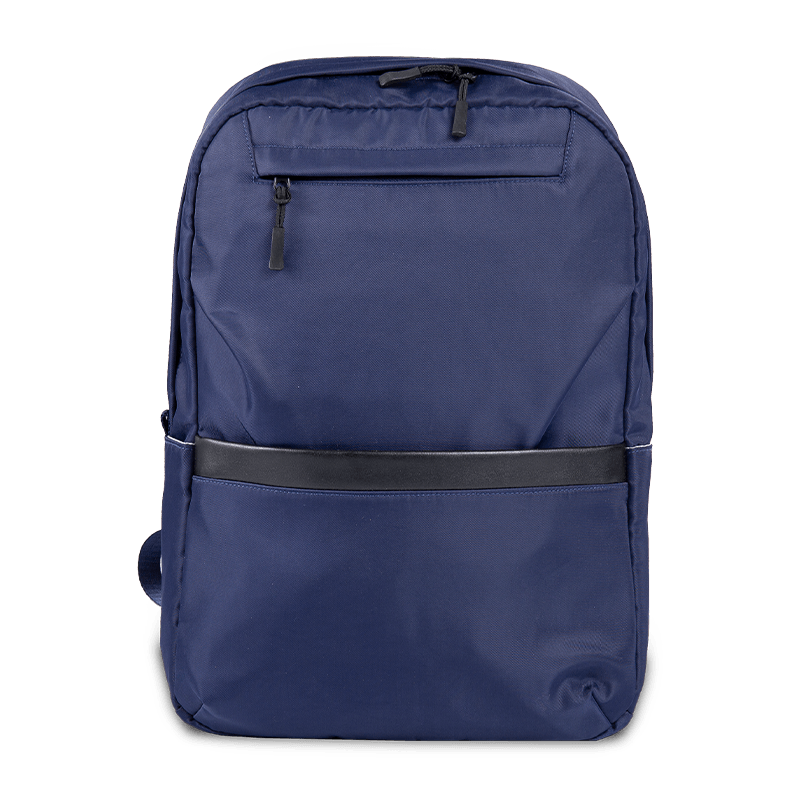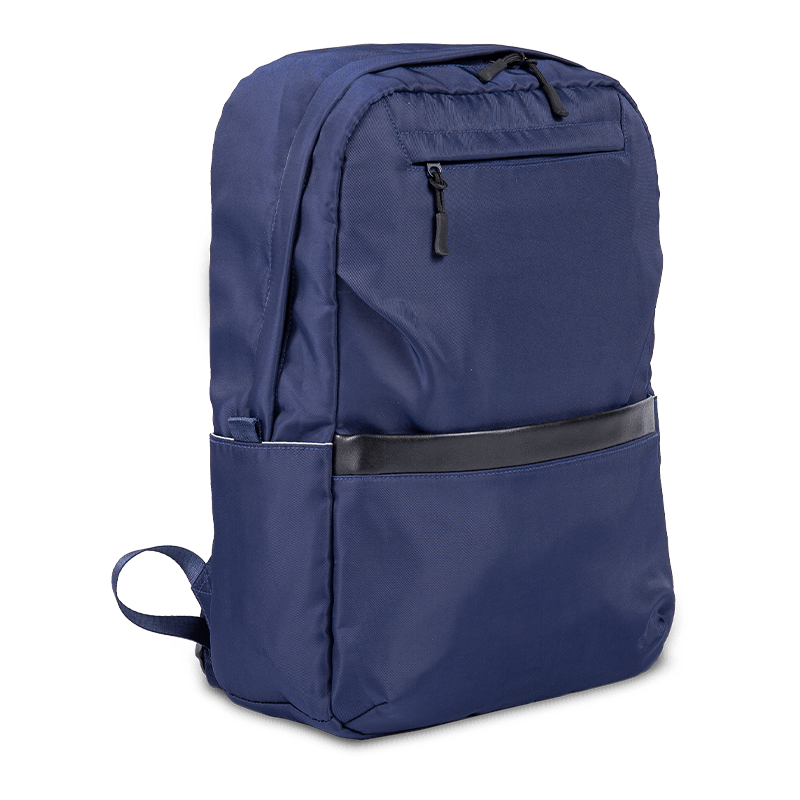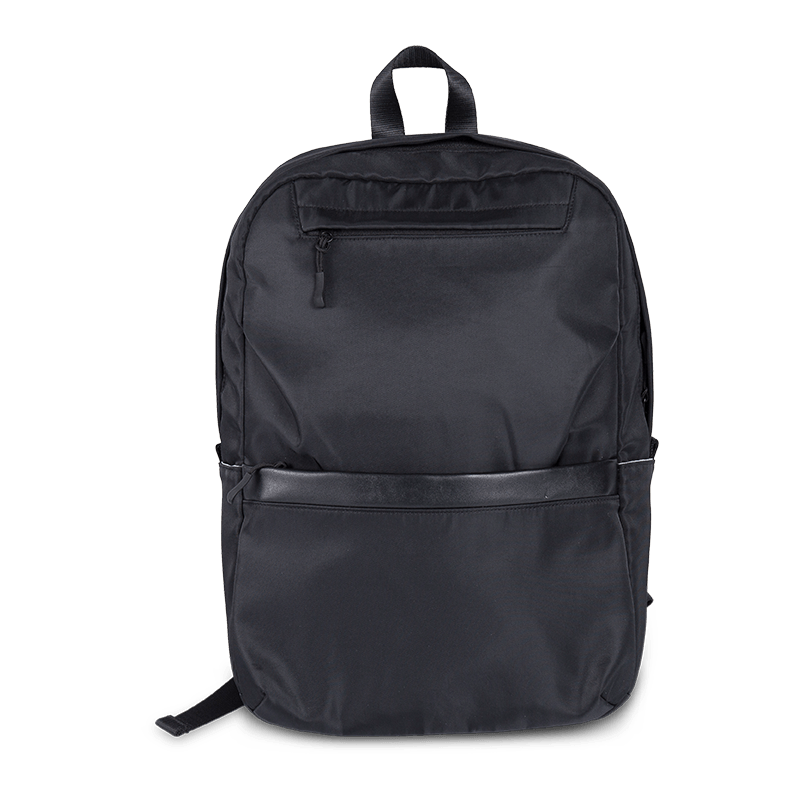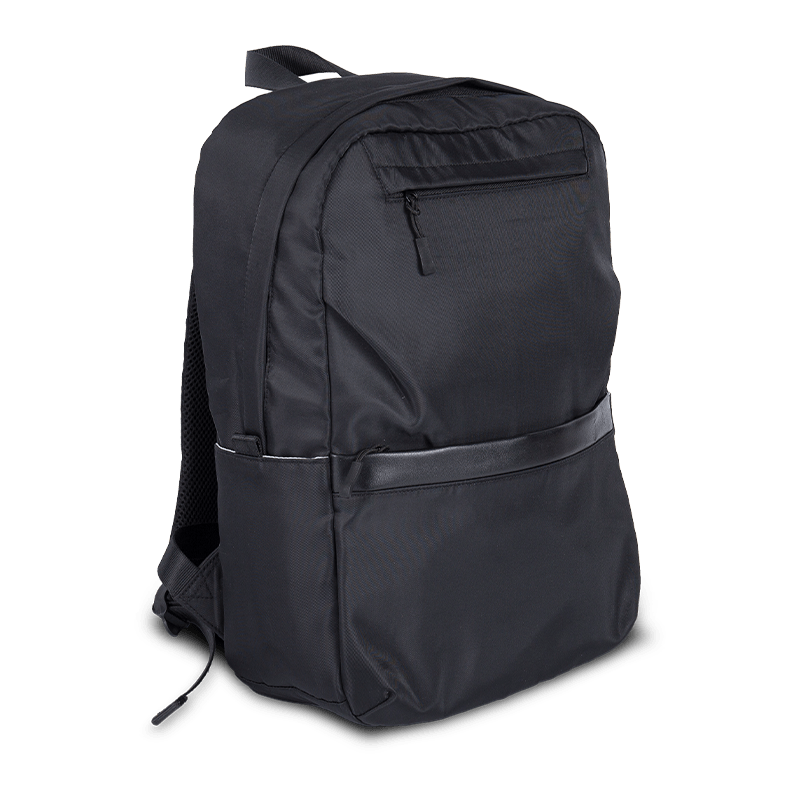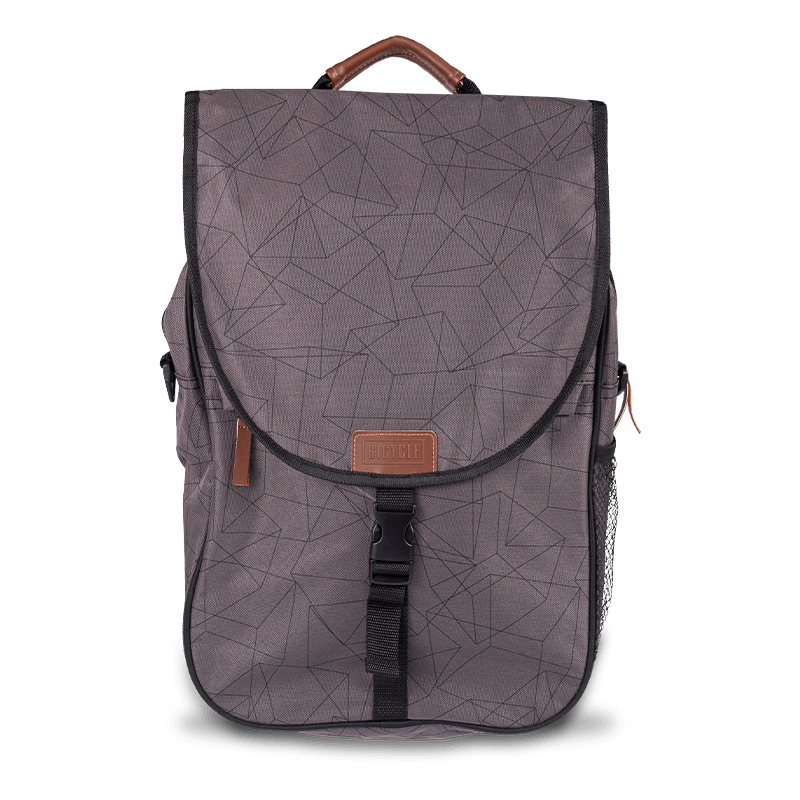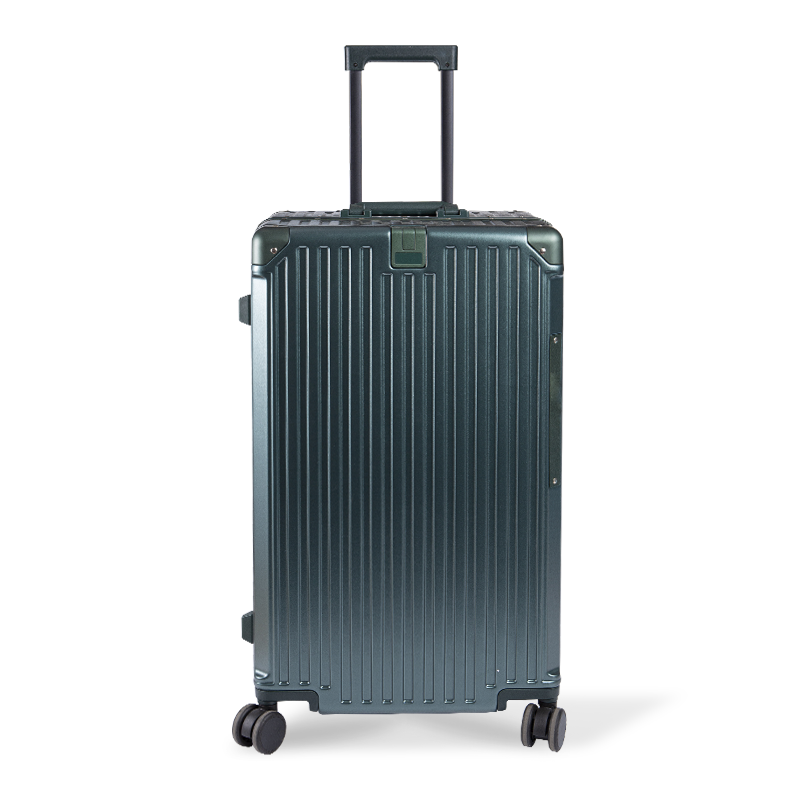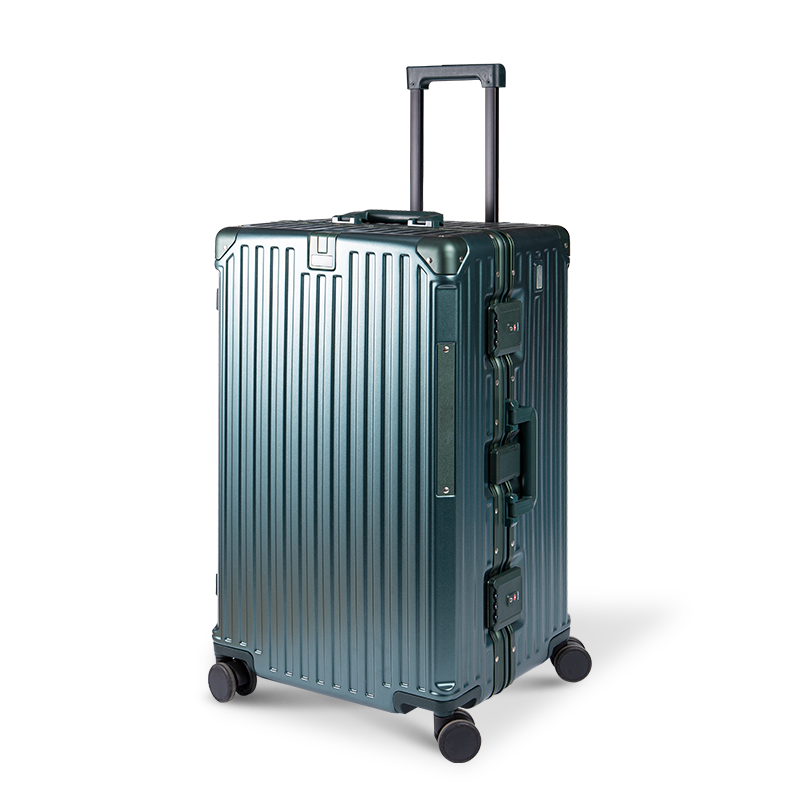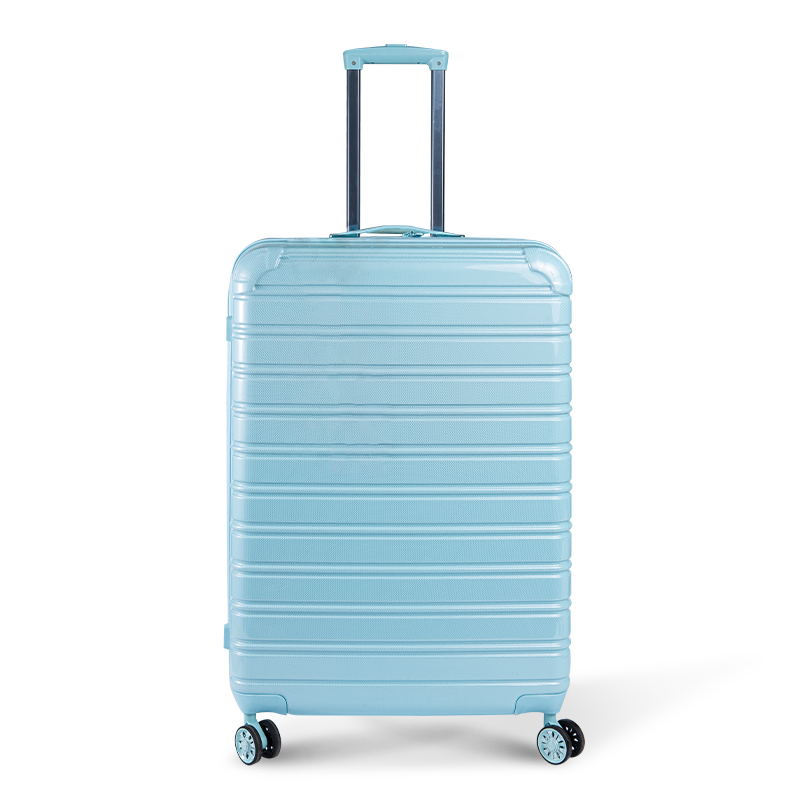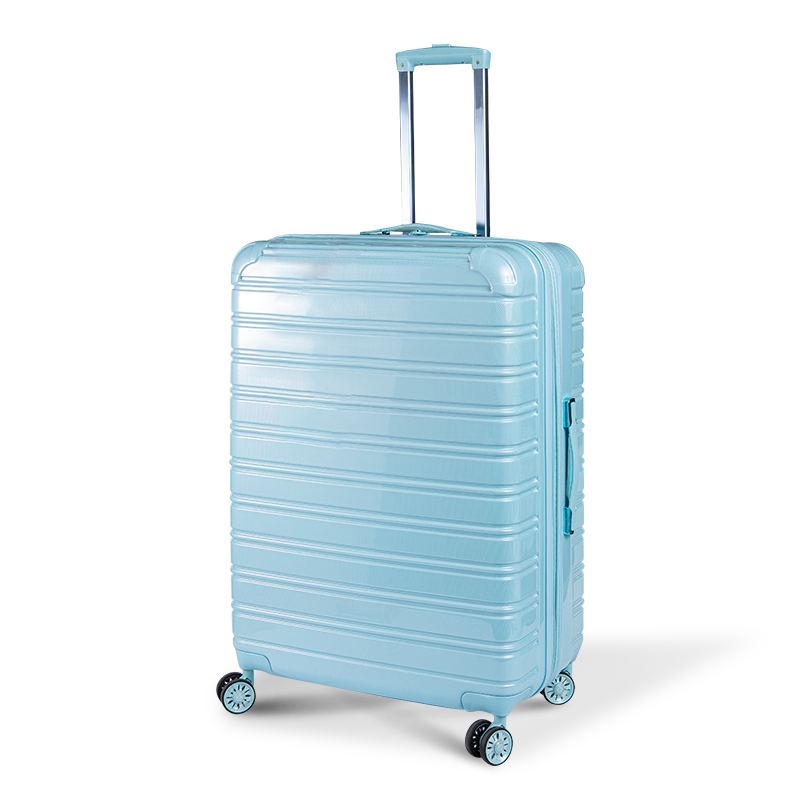For years, the laptop bag lived in a world of stark choices. On one side, you had the “function-first” models: black nylon boxes with a maze of pockets, bulky padding, and straps that screamed “I contain expensive technology, but nothing else of value.” On the other, you had the “style-first” options: sleek, minimalist designer bags that looked incredible draped over a chair at a café but offered little more than a flimsy sleeve to protect your most vital tool.
This left the modern professional, student, or creative in a perpetual state of compromise. Do you choose the utilitarian, techy bag that works perfectly but feels like a sartorial anchor? Or do you opt for the fashionable accessory and pray your laptop survives the commute while you dig for a pen for five minutes?
The answer to the titular question is a resounding and liberating yes. A laptop bag can absolutely be both stylish and highly functional. In fact, the best modern bags on the market prove that these two ideals are not mutually exclusive but are instead complementary. The convergence of design innovation, new materials, and a shift in workplace culture has given rise to a new generation of bags that refuse to make you choose.
Part 1: Deconstructing “Highly Functional” – Beyond Just a Pocket
Functionality is more than just fitting a laptop. It’s about how the bag supports your entire workflow, protects your investment, and carries the weight of your daily essentials—both physically and metaphorically. Here are the non-negotiable pillars of a truly functional laptop bag:
1. Protection is Paramount:
Your laptop is the reason this bag exists. Superior protection is non-negotiable.
Dedicated, Padded Compartment: This isn’t a suggestion; it’s a requirement. Look for a sleeve that is suspended—meaning it has a false bottom or is raised off the floor of the bag—to absorb shock if you set the bag down hard or drop it. The padding should be firm, closed-cell foam (like egg crate foam) that doesn’t compress easily.
Material Rigidity: A bag that collapses in on itself when empty offers less protection than one with some structural integrity. Materials like ballistic nylon, waxed canvas, or bags with reinforced panels help maintain shape and create a protective shell.
2. Intelligent Organization:
A functional bag saves you time and frustration. This means an end to the “black hole” effect.
Strategic Compartmentalization: Multiple pockets are good, but thoughtful pockets are better. Look for:
A quick-access top or side pocket for your phone, keys, and wallet. Magnetic closures or aquaguard zippers are a bonus for speed and weather resistance.
Padded pockets for sunglasses and fragile accessories.
Pen slots and smaller organizer pockets for dongles, USB drives, and SD cards.
A separate tablet sleeve if you carry one.
A document pocket that can hold a folder or notebook without bending it.
The “Admin Panel”: Many premium bags feature a dedicated, zippered organization section on the inner lid or front flap. This keeps all your small, frequently-used items in one visible, accessible place, separate from the main compartment.
3. Carrying Comfort and Ergonomics:
A bag that hurts to carry is a dysfunctional bag, no matter how good it looks.
Strap Design: For backpacks, look for padded, S-curved shoulder straps that contour to your body. Sternum straps and load-bearing hip belts are crucial for heavier loads and longer commutes. For messengers and briefcases, a wide, padded shoulder strap is essential to distribute weight and prevent digging.
Back Padding: Ventilated, moisture-wicking mesh padding on the back panel increases airflow and makes carrying more comfortable, especially in warmer climates.
Weight Distribution: How does the bag feel when fully loaded? A good bag carries weight close to your body and doesn’t pull you backward or feel unbalanced.
4. Durability and Weather Resistance:
Your bag is your daily shield against the elements and the wear and tear of travel.
Materials: Ballistic nylon (incredibly abrasion-resistant), Cordura (tough and rip-resistant), waxed canvas (naturally water-repellent and develops a beautiful patina), and full-grain leather (which strengthens with age) are all top-tier choices.
Construction: Look for bar-tacking at critical stress points (like strap attachments) and robust, quality YKK zippers. A broken zipper can render a bag useless.
Weatherproofing: Taped seams, water-resistant or waterproof zippers, and included rain covers (for backpacks) are signs of a bag built for real-world conditions.

Part 2: Defining “Stylish” – More Than Just a Pretty Face
Style is subjective, but in the context of a laptop bag, it transcends fleeting trends. A stylish bag is one that projects intention, complements your personal and professional aesthetic, and is crafted with an eye for design.
1. Cohesive Aesthetic:
A stylish bag has a clear design language. It knows what it is.
Minimalist: Clean lines, a lack of excessive branding, neutral color palettes (black, grey, navy, olive, tan), and hidden hardware. This style is versatile and professional.
Heritage/Classic: Drawing inspiration from traditional designs, often using materials like leather, brass hardware, and waxed canvas. It conveys reliability and timelessness.
Technical/Urban: Featuring visible materials like ballistic nylon, molle webbing, and utilitarian hardware. It has an urban, prepared, and modern feel.
Modern/Design-Forward: Architectural shapes, unique material combinations (e.g., wool felt and leather), and bold but tasteful color accents. This is for those who see their bag as a statement piece.
2. Quality of Materials and Craftsmanship:
You can often see and feel quality before you ever read the label.
Leather: Full-grain or top-grain leather will age beautifully, developing a unique character. Poor-quality bonded leather will crack and peel.
Hardware: Zipper pulls, buckles, and D-rings should feel substantial, not light and plasticky. YKK, Riri, and Duraflex are hallmarks of quality.
Stitching: Straight, consistent, and tight stitching with no loose threads is a sign of excellent craftsmanship. Contrast stitching can be a stylish detail.
3. Versatility:
A truly stylish bag is one you can take anywhere. It should look as appropriate in a boardroom, a coffee shop, a university library, or on a weekend trip. Its design shouldn’t lock it into a single, specific context.
Part 3: The Sweet Spot – Where Function and Style Intersect
This is where the magic happens. The best bags don’t treat function and style as separate checkboxes; they integrate them seamlessly. Here’s how:
Hidden Tech Compartments: A bag can have a sleek, minimalist exterior while housing a brilliantly organized, padded tech compartment inside. The functionality is there when you need it and hidden when you don’t.
Materials that Do Double Duty: Waxed canvas is a perfect example. It’s a classic, stylish material with a rich heritage that also happens to be highly water-resistant and incredibly durable. Full-grain leather is another—it’s tough, ages beautifully, and only looks better with scuffs and scratches.
Ergonomic Design as a Feature: Well-padded, contoured straps aren’t just comfortable; their clean, technical look can enhance the bag’s aesthetic. A sternum strap can be designed with magnetic clasps or sleek sliders that look intentional, not like an afterthought.
Subtle Branding: A small, embossed logo or a tasteful label is stylish. A giant, garish logo plastered across the bag often is not. Function-focused brands have learned that subtle branding is key to crossover appeal.
Modularity: Some brands offer systems of removable organizational pouches or cubes. This allows you to customize the interior functionality to your exact needs while keeping the exterior profile clean and uncluttered.
Part 4: A Buyer’s Guide – Finding Your Perfect Hybrid Bag
Before you invest, ask yourself these questions to narrow down the field:
What’s Your Primary Carry? (Backpack, Messenger/Briefcase, Tote)
Backpack: The king of comfort and weight distribution for cyclists, walkers, and anyone carrying a heavier load. The best designs now look professional enough for most offices.
Messenger/Briefcase: Offers quicker access to your contents and a more formal, classic profile. Can be harder on one shoulder during long carries.
Tote: Often the most stylish and minimalist option, but can lack structure, organization, and solid shoulder support. Look for totes with a dedicated laptop sleeve and organizational pockets.
What’s Your Daily Load-Out?
Make a mental list: Laptop size? Tablet? Charger? Water bottle? Notebook? Headphones? Lunch? Gym clothes? Your bag needs to accommodate your actual daily carry, not an idealized version of it.
What’s Your Environment?
Are you in a formal corporate setting, a creative agency, a university, or mostly working remotely from cafes? Your environment will guide your choice towards a more classic leather briefcase or a versatile technical backpack.
What’s Your Budget?
You often get what you pay for. A $50 bag will almost certainly compromise on materials, craftsmanship, or both. Investing $200-$400 in a quality bag from a reputable brand means you’re buying a tool that will protect your gear, look good, and last for many years.
Real-World Examples (The Proof is in the Packing)
Numerous brands have built their entire identity on this fusion of style and function. While not an exhaustive list, these exemplify the philosophy:
Bellroy: Masters of minimalist style with “hidden” organization. Their products look incredibly sleek but are riddled with clever, thoughtful pockets and premium materials.
Aer: Leans slightly more towards the technical/functional side but with a clean, urban aesthetic that looks sharp in any city environment. Their use of high-end materials like ballistic nylon and Cordura is top-notch.
Tumi: A long-standing leader in the professional space. They blend sophisticated, business-ready designs with legendary durability, innovative organization, and lifetime warranties.
WaterField Designs: A fantastic example of heritage style (using waxed canvas and leather) meeting modern tech needs. Their bags are handmade in San Francisco and are built like tanks.
Evergoods: Focuses intensely on ergonomic comfort and intuitive organization, all wrapped in a muted, professional color palette that avoids a “tactical” look.
Conclusion: You Don’t Have to Choose
The outdated notion that we must sacrifice style for function, or vice versa, is a relic of a time before designers truly understood the needs of the modern mobile professional. Today, the market is rich with options that prove aesthetics and utility are not a zero-sum game.
A well-designed laptop bag is a cornerstone of an efficient and confident daily life. It reduces stress, keeps you organized, protects your valuable tools, and does so while making you feel put-together and professional. It is a workhorse in a well-tailored suit.
So, can a laptop bag be both stylish and highly functional? Absolutely. It’s not just a possibility; it’s a new standard. By understanding the core principles of what makes a bag work for you and what makes it look and feel like you, you can finally end the compromise and invest in a bag that elevates your every day.

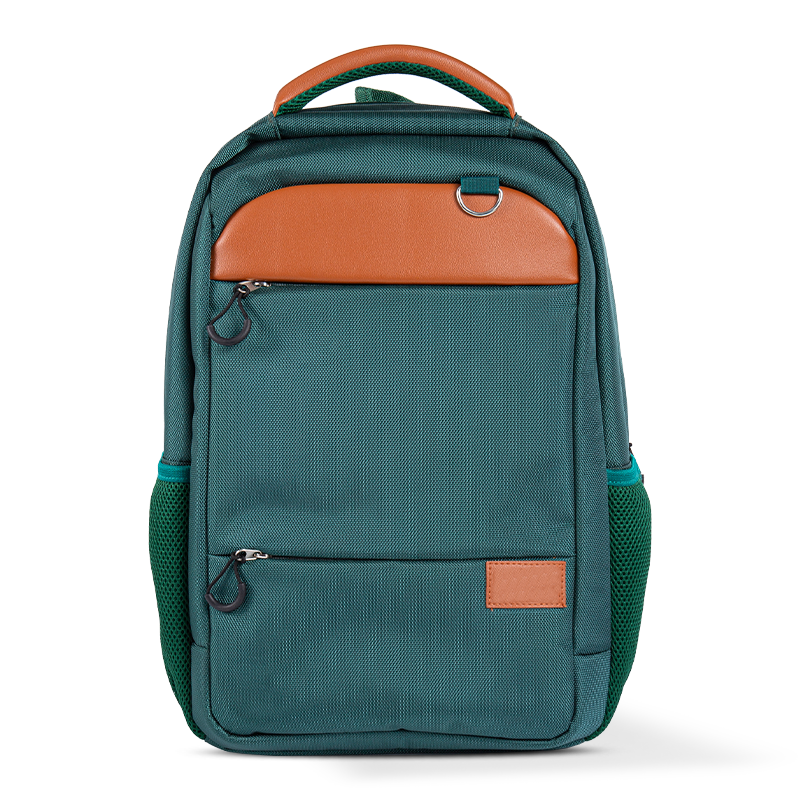
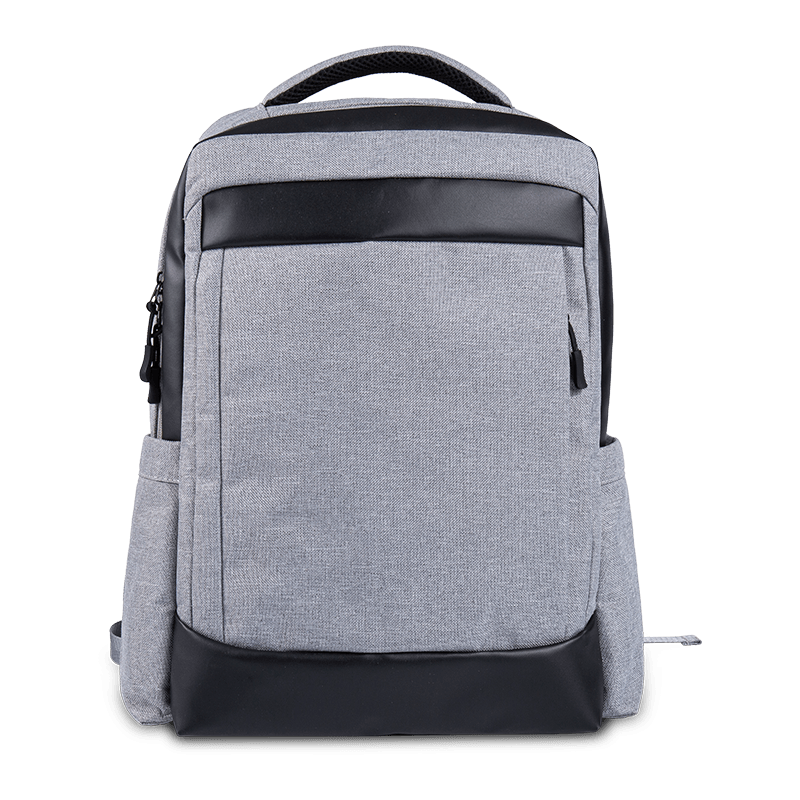
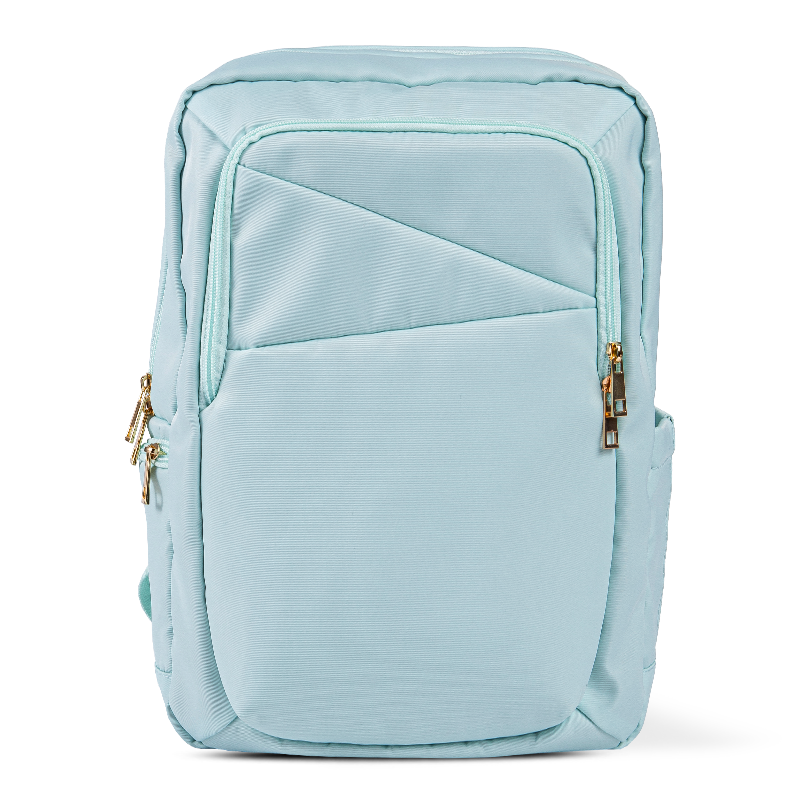
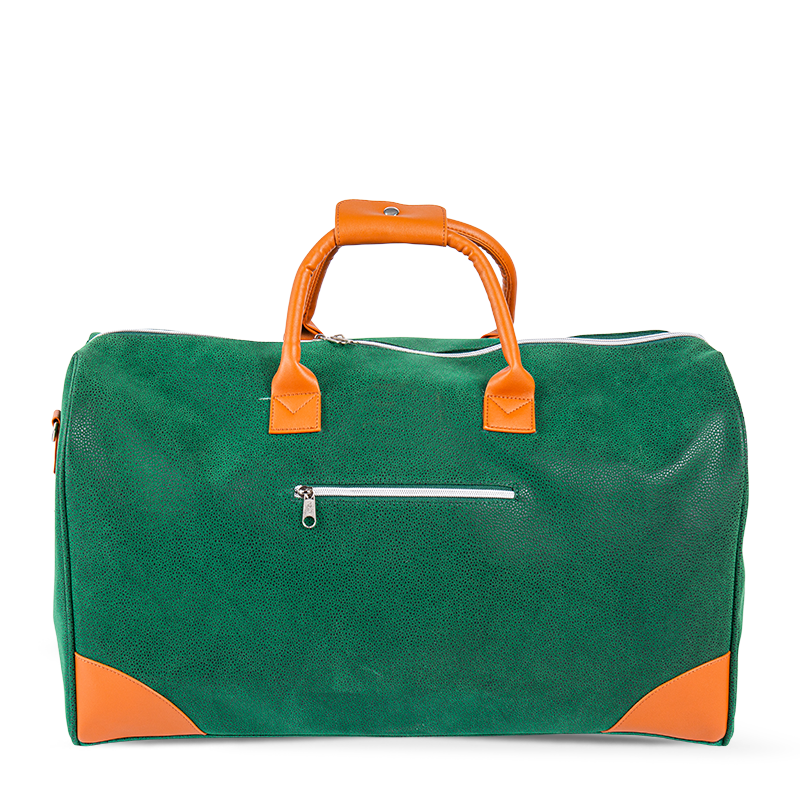

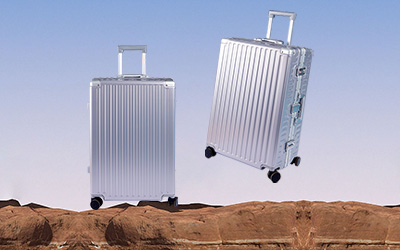
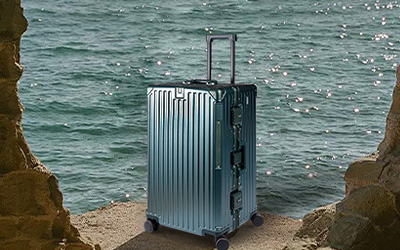
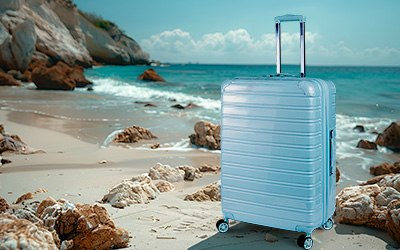
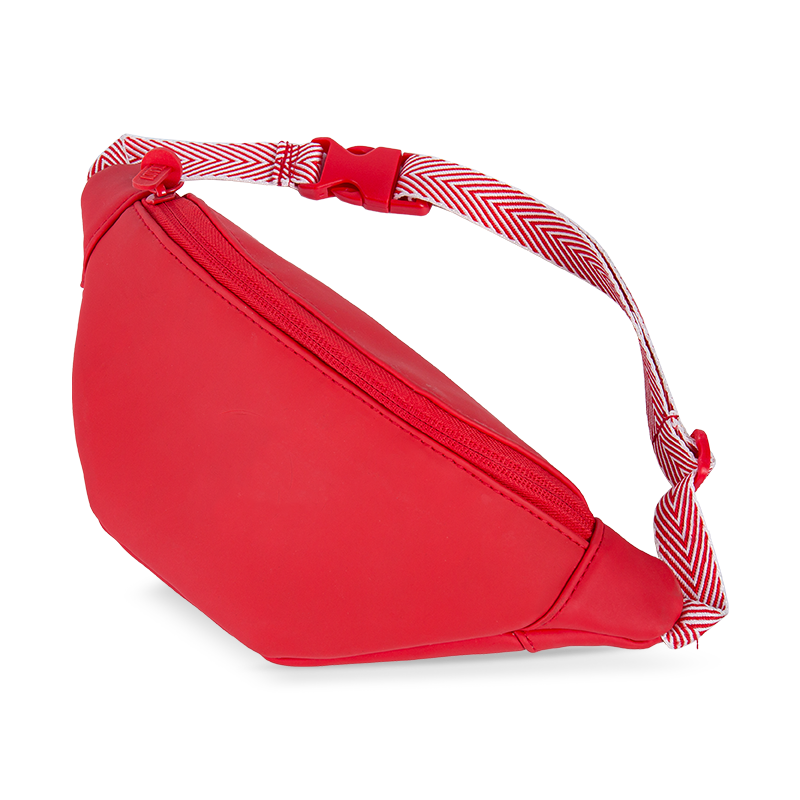
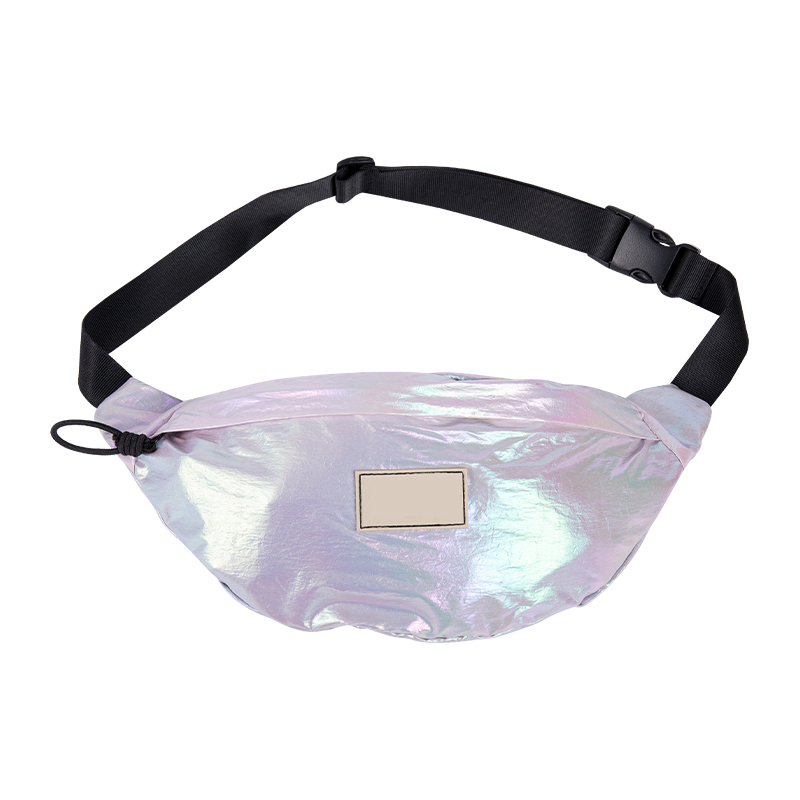
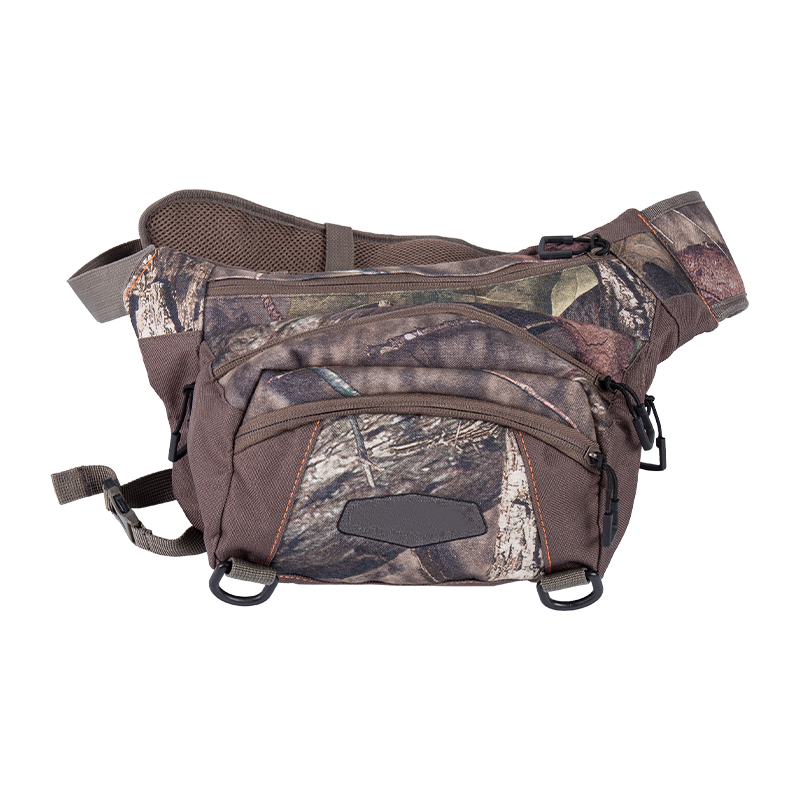



 English
English Español
Español عربى
عربى